Today we’re going to talk about blending lines – a powerful, easy-to-use tool that will help your students become masters at decoding!
It’s the fourth post in our 10-part series about teaching phonics.

Blending is the stringing of letter sounds to read a word.
There are two main types of blending:
- Successive blending
- Final blending
*Weird but important note: Some phonics experts use the terms “successive blending” and “final blending” differently. Beck and Beck (Making Sense of Phonics) use the terms as I will use them in this article. Wiley Blevins, in his book (A Fresh Look at Phonics) switches the terms around.
Successive and Final Blending
Successive blending
Successive blending is an excellent way to introduce blending to your students, and children who struggle will benefit from extended use of this approach.
The power of successive blending is that it helps students keep the sounds in their heads; short-term memory issues are a real problem for students who sound out p-a-t and come up with “tan.”
While you should phase out successive blending after a few weeks, Beck and Beck recommend temporarily bringing it back when students start reading words with beginning blends (such as flat and swim).
Final blending
Final blending (which I like to call “sound by sound blending”) is more efficient and the method you should use when your students understand the concept of blending.
However, if you are working with an individual student who is struggling, switch back to successive blending.
Watch this quick video to understand both types of blending.
(For a longer video of successive blending, see this post.)
Best practices for teaching blending
In his book, A Fresh Look at Phonics, Wiley Blevins share these tips for teaching blending:
- Model and practice blending often (every day for early readers).
- When starting blending with new readers, use words that start with continuous sounds (such as mmmm and sssss).
- Practice blending before reading a story (at least 20 words in 1st grade and up).
- Select blending lines that include minimal contrasts so students have to fully analyze the words.
- Create lines that allow you to informally assess your students.
- Make sure your lines contain differentiated practice to meet everyone’s needs.
- Include sentences in your lines.
What are blending lines?
Blending lines are lines of words that students sound out using their phonics knowledge. Blending lines allow students to practice the new focus skill and review previously learned skills.
Students should read the these lines after the lesson but before reading their decodable book.
You can use the lines with a whole class or in a small group phonics lesson.
Sample blending lines

Wiley Blevins’ tips for using blending lines
- Model only one or two words at the beginning of the word set. You want your students to do the work.
- Have students read the words chorally the first time through (observe to see which students drop out as the words become more challenging).
- Revisit the lines by pointing to words in random order and calling on students to read them. Remember to call on struggling readers for the easier lines and advanced readers for the challenging ones. Keep the whole class engaged by having them give a thumbs-up to indicate when a word is read correctly.
- Use the lines for multiple days of instruction as a quick review or warm-up.
- Make copies of the week’s lines for students to take home and practice.
- Make sure that the time spent on the lines is no more than 5 minutes at a time.
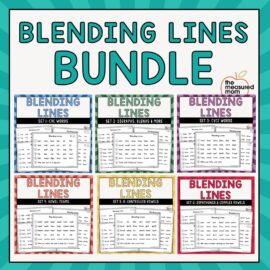
Blending Lines Bundle
$12.00
This set of 95 blending lines allows students to practice the focus skill and review previously learned skills. You can use blending lines with a whole class or in a small group phonics lesson. They also work great as reading homework!
More sample blending lines


So what do you think?
Are you ready to give blending lines a try?
It can be tricky to write your own blending lines, but I’ve made it easy for you!

As you can see in the above image, I’ve created a planning sheet for you that reminds you what to focus on for each line.
After you type in the words on the planning sheet, they auto-populate into the student page.
The page prints without the blue boxes, making it the perfect practice sheet for your students.
Just sign up below to get the freebie!
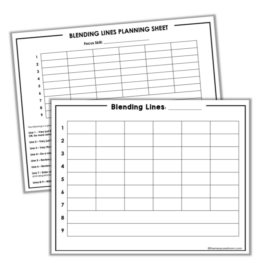
Get your editable blending lines pages!

Blending Lines Bundle
$12.00
This set of 95 blending lines allows students to practice the focus skill and review previously learned skills. You can use blending lines with a whole class or in a small group phonics lesson. They also work great as reading homework!
Check our the rest of our phonics series!
Part 1Part 2Part 3Part 4Part 5Part 6Part 7Part 8Part 9Part 10

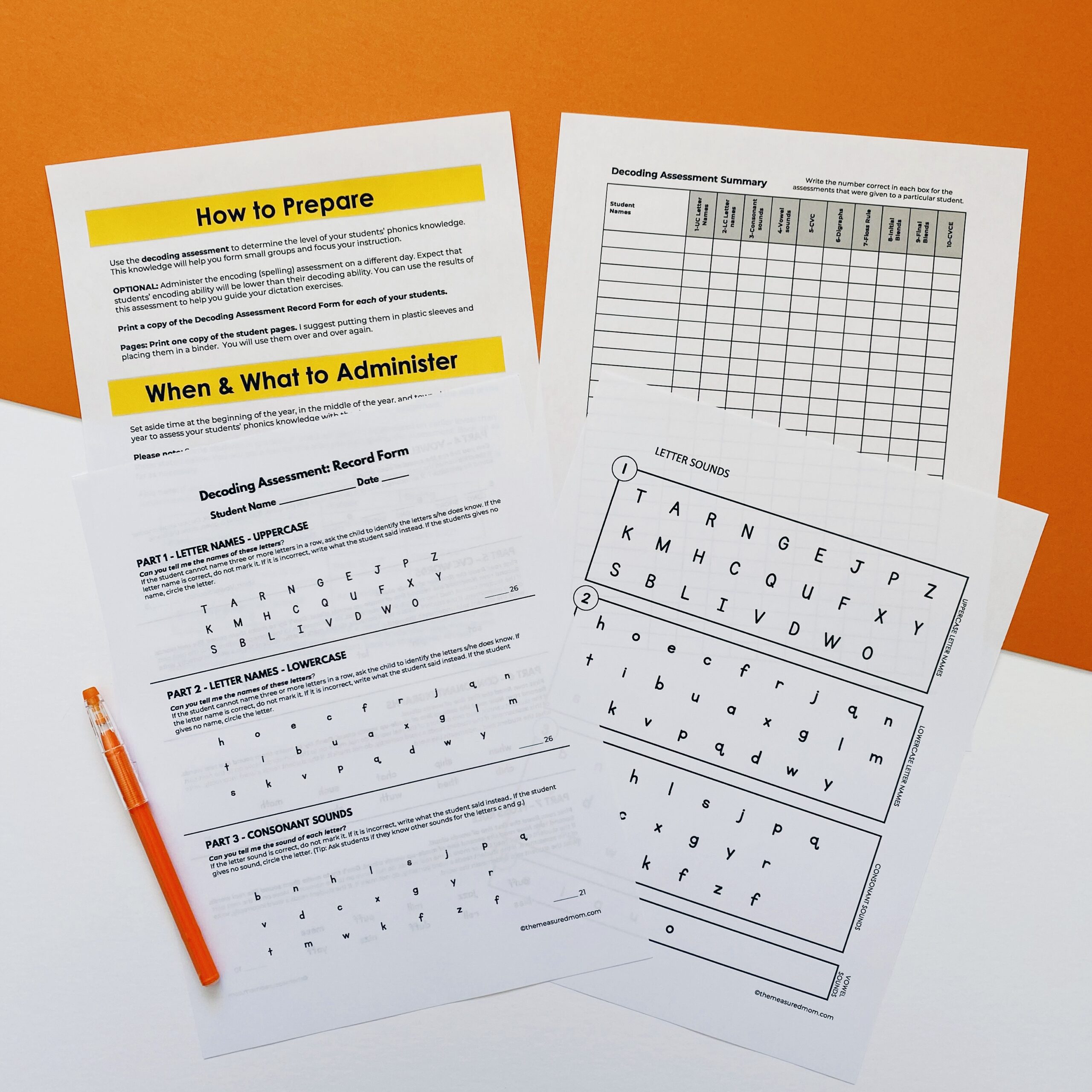
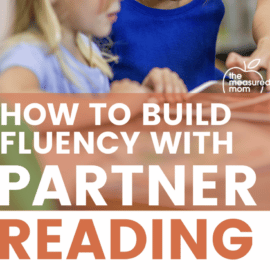
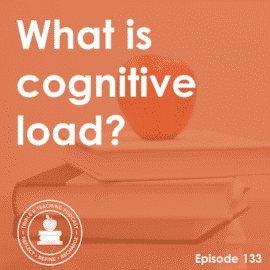

Jenn
Hello – I wasn’t able to download the Blending Lines document – it looked just like HTML script. I’d really love to get ahold of this great resource. Thanks!
Heather Groth, Customer Support
Hello Jenn! We recommend opening the file using Adobe Reader. If your computer doesn’t have it yet, you can download it for free here, https://get.adobe.com/reader/. Please let us know if that doesn’t do the trick!
Andrea K.
Anna,
I am a resource teacher and love the blending lines that come with your decodable books. I was thrilled to find the editable blending line document you have. One request, if possible, would be to have the words pop up in a little smaller font size. My students with reading learning disabilities often have trouble when words are so close together. A little more white space between the rows would be helpful.
Thanks for all of your wonderful classes, podcasts, and resources!
Andrea K.
Heather Groth, Customer Support
Thank you for your feedback, Andrea! We don’t plan to make changes to the current resource right now, but we will keep this in mind for the future!
Karen
Do you have premade blending lines for download or purchase?
Heather Groth, Customer Support
Great question, Karen! We do not have any available yet, but are hoping to make it one of our projects this summer!
Stephanie
I had previously downloaded the editable blending lines and could access it, but now my file won’t open and I am unable to download them again here. I would love to be able to access it again if anyone is able to help! This is such a great resource. Thanks!
Heather Groth, Customer Support
Hi Stephanie! I sent you an email about this!
terry Drury
Hi Anna….
I so appreciate your information and resources! I am trying to use the blending lines. My target skills are tch and dge. I am having trouble fitting that into the citeria of the lines. Can you show me an example? Prior taught skills are the floss rule and ck.
Many thanks, Terry Lynn Drury
Anna Geiger
Hi Terry!
That’s a great question! I created a video for this which I’m sharing here. I’ll also send this to your email so you are sure to see it. https://www.loom.com/share/d869a49313e34ca3bddfff70cffaa788
Emma
Do you have the students “blend” (sound out) every word or just have them read the words?
Anna Geiger
If they’re at the very beginning stages, I’d have them blend the words sound by sound and then read the word. As they get farther along you can tap the letters as they blend in their heads and then say the final word as you underline it with your hand. Some children will be able to just read each line; if you are doing this in small groups you can adjust to the level of the group.
Emma
Thank you! Would you ever consider posting a video showing the process?
Heather Groth, Customer Support
Thank you for the suggestion, Emma. This is not currently in the works, but we will keep it in mind!
Brenda
Thank you for the wonderful idea! Is there any way to edit the font? I need it much larger for my virtual students and also one like Century Gothic without the feet and fancy letters.
Thank you!
Heather Groth, Customer Support
Hi Brenda! We used KG Primary Penmanship when we made this resource because of its clean and clear lines. If you open up to the second page of the resource, you will see instructions on how to download this free font for your computer. Once it’s downloaded, this should be the font the pdf uses, so you won’t have to worry about feet or fancy letters! The font size is set, but you could always use the + and – to enlarge and minimize the screen while working with your virtual learners. I hope this helps!
Courtney
Anna — Thank you so very much for sharing such informative content! I am a homeschooling mom and a bit overwhelmed by ALL the strategies and products out there! After using resources from your website and reading your informative emails and blog, I am certain that SOR is what I would like to use for my boys. My questions for you are: 1) Is there a guide as to how to use and where to begin for the resources in your Plus membership? 2) Also, can I get on the waiting list for Teaching Every Reader ecourse? 3) Is it necessary to do both, or will just one of these outstanding resources provide all that is needed? Many blessings and thanks to you!
Heather Groth, Customer Support
Great questions, Courtney! Look for an email from Anna with her responses! ????
Kimberly
Thank you so much for providing free high quality resources.
There seems to be an issue when I click on the “Click to Download” button. A page of random characters appears. I’ve tried reloading and it continues to happen.
Heather Groth, Customer Support
Hello Kimberly! Look for an email from our team about this. Thank you!
Carol
Thank you for this! I’ve just tried it out and it’s great! I’ve tried writing blending lines before but I found it quite tricky. Your helpful step by step guide of what to focus on in each line made the process much easier! Thank you!
Anna Geiger
I’m so glad to hear that, Carol! :))
Julie
Do you happen to sell blending lines already prepared?
Heather Groth, Customer Support
Not yet, Julie, but they will be included in our first set of decodable readers which comes out on February 14th!
Carol
So excited to hear that!!
JennyKenny
Yay!
Kathleen
Anna,
Thank you for sharing your wonderful and helpful ideas! I look forward to using the blending lines activity with my tutoring students. Excited to use your resource!! Thanks again!!
Anna Geiger
You’re very welcome, Kathleen! Thank you so much for your comment!
Susan Dixon
Anna – Thank You so much for sharing so much! Your content is helpful and up to date with the latest research! I am looking forward to when your Reading course starts again and I keep salivating thinking about the Members Plus site. I hope soon to devour them both.
Blessings to you and your family!
Susan D.
Anna Geiger
We would be very excited to welcome you into one or both, Susan! :))